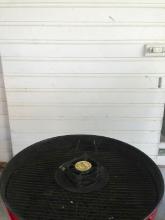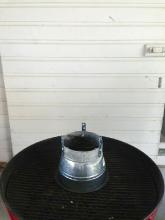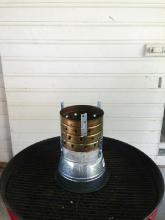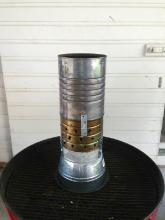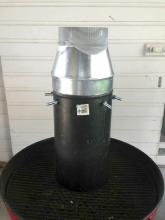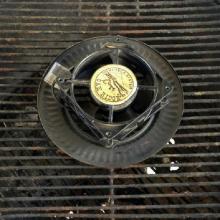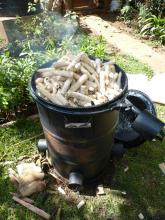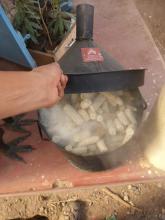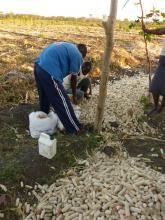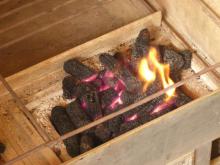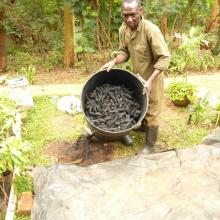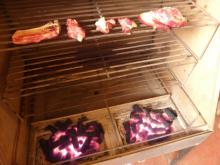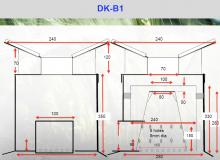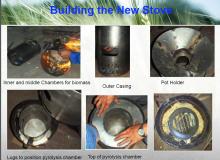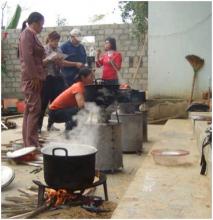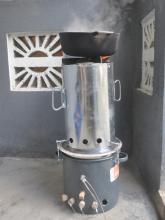Notes from Paul Anderson
Gustavo has presented a very nice video of the use of a tall TLUD gasifier under a DUAL purpose stove frame (frame = stove structure without the heat source) that first boiled 5 liters of water in 12 minutes, and then converted into a plancha stove with chimney, cooking papusas (related to tortillas). Total cooking time 1 hour 45 minutes on one batch of wood chips/chunks (5237 grams) that yielded 1300 g of char. 25% weight yield of char. Probably could have operated an additional 10 minutes with pyrolysis fire and a slightly lower percentage yield of char.
Note: That is approximately 4000 g of fuel of pyrolytic gases (including moisture content that was probably near 15%). Any ash content (probably 1% of the raw fuel) remained in the char.
For a comprehensive resource for TLUD stoves, see Paul's web site: http://www.drtlud.com/
Nike React Element 87

